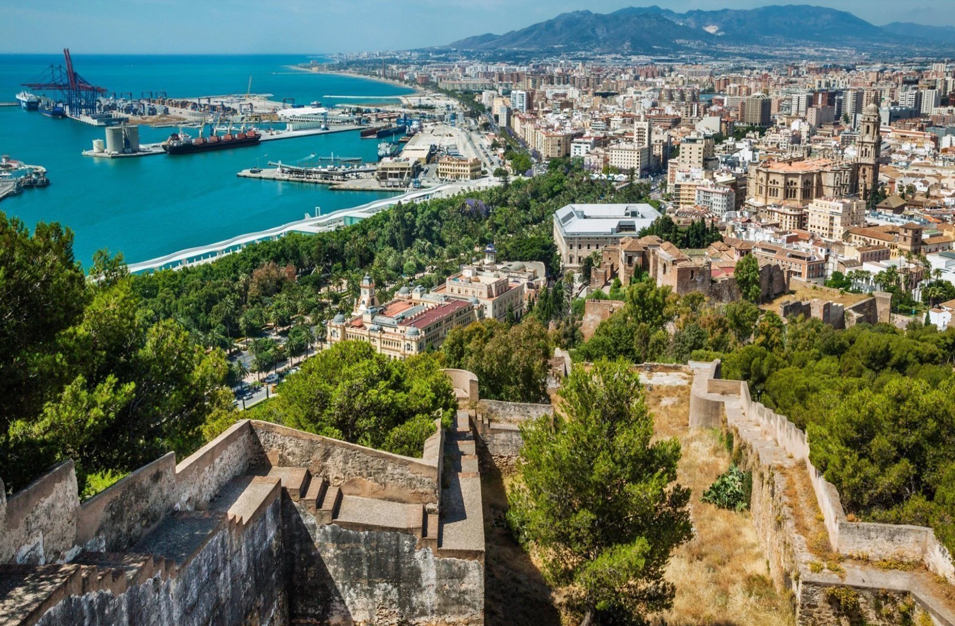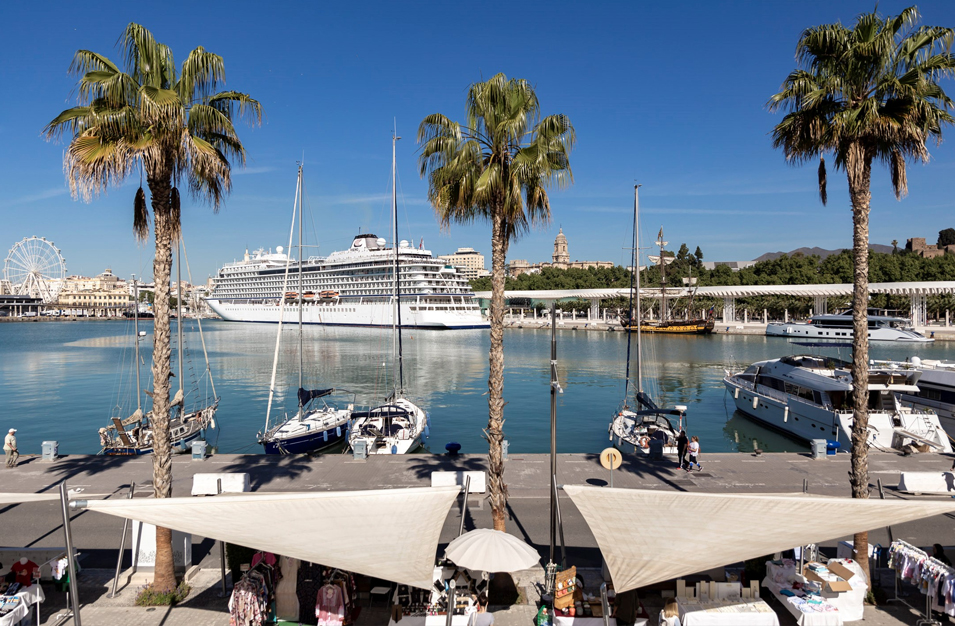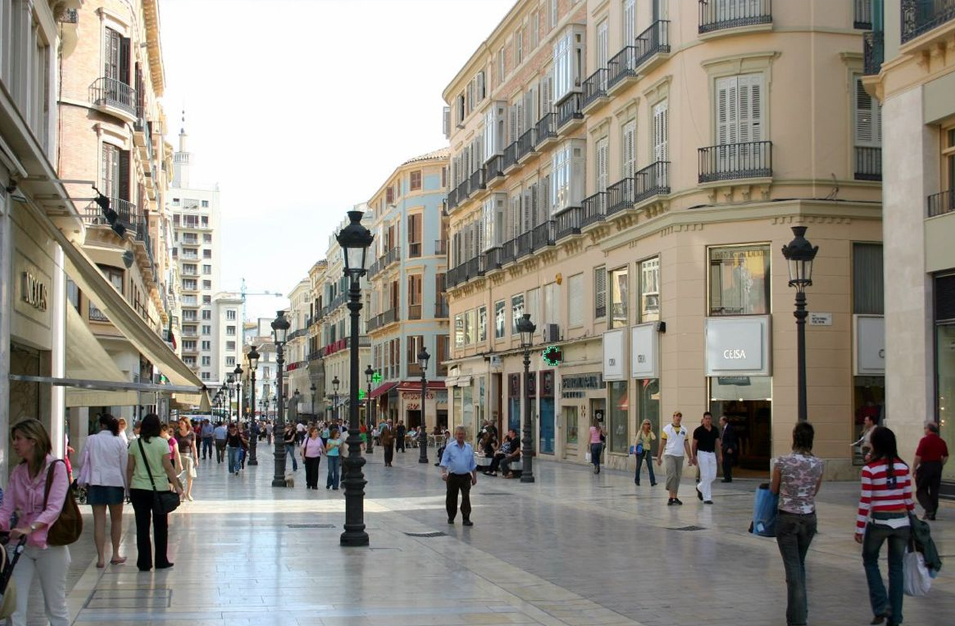Málaga

Birthplace of Picasso, the vibrant cosmopolitan city of Málaga is situated on the beautiful Andalucía coastline. Blessed with sunshine and fantastic quality of life, Málaga provides lively nightlife, museums and exceptional seafood restaurants alongside wide boulevards, swaying palm trees and beautiful beaches.
The Moors occupied Málaga until the mid fifteenth century, after which it became one of the most important merchant centre in the Iberian Peninsula. This illustrious past has left its imprint in the historic centre of Málaga, with the most significant testament to this heritage being La Alcazaba, a fortress dating back to 1065 and now a fascinating archaeological museum. The nearby castle, rebuilt by the Moors and now a traditional parador (State Hotel), is also worth a visit if just for the breathtaking panoramic views.
Pablo Picasso is the City’s most famous son (not counting Antonio Banderas of course!) and there are several galleries showcasing his work, including the 16th century Museum of Fine Arts next to the Cathedral. His birthplace in Plaza Merced, an official heritage site since 1983, is open to the public and is an archive of his life and works. Museo Picasso Málaga is a moving experience of Picasso’s lifetime of works and has become one of Málaga’s prime attractions. The museum is located in an old palace converted into an amazing art experience.
Museo Carmen Thyssen, and Art Gallery composed from the Carmen Thyssen-Bornemisza Collection, was inaugurated on the 24th of March 2011. This art gallery comprises of 2677 works from the Carmen Thyssen-Bornemisza collection and makes a complete run through the different genres of Spanish Painters of the 19th century, a painting era defined chronologically between Francisco de Goya and Pablo Picasso, giving particular emphasis on Andalusian art.


Gastronomy
As well as being a cultural capital, Málaga is a great place to eat out. The Malagueños love their food, and the bars and restaurants are where the real social life takes place. The choice is limitless and reasonably priced with some bars offering a menu of the day with wine for as little as 9 Euros. Tapas, small portions of many different dishes, are an Andalusian tradition and a wonderfully inexpensive way to try a variety of local foods.
Málaga is famous for its “pescaito frito”, an assortment of small fried fish including sardines and anchovies, best followed by a glass of ice cold vino at one of the many old fashioned bodegas in town.
Shopping
Let’s begin in the old town of Málaga. It is home to one of the most exclusive and renowned streets for shopping in Spain: Calle Larios. Here you can wander from shop to shop, browsing famous fashion brands, perfume, cosmetics and accessories but you can also find small traditional shops, which are concentrated around the area of Calle Larios.
The majority of the city’s shopping centres are very close to its historic centre. As such, without having to travel far, you can visit the different floors of department stores, browse the businesses in the shopping centre at María Zambrano Train Station, or enjoy a day of shopping in the open air at Puerto Muelle Uno shopping centre.
One of the biggest flagship stores in Spain is El Corte Inglés. It is a one-stop shop and a place where you can find everything that you need, making it a convenient spot if you have a big shopping list. It is just a short walk away from a main shopping street, Calle Larios, which you should also check out if you have time.
One of the most popular shopping centres in the Malaga city centre is the Larios Centro. Some of the stores found here include Zara, H&M or Primark, which is great for finding affordable clothing.
Festivals
There’s certainly plenty going on in Malaga. The city has a packed calendar of cultural events and festivals plus lots to do every month.
During the Easter in Malaga come together the tradition of Andalusia and the typical joyful character of the local people. There coexist serenity and joy and bustle on the streets until late at night, since most of processions take place during the afternoon and late into the night. The downtown bars are filled with people, both locals and tourists, as during these days Malaga receives a large influx of visitors. Undoubtedly, it is worth getting immersed at least once in this experience.
The Malaga Fair in the second half of August is the most popular traditional festival which is celebrated every year with great enjoyment by thousands of locals and tourists. For a week there is a lively and colorful atmosphere in the city, with a lot of singing and dancing, despite the high temperatures at this time of the year. An important part of the Fair takes place at the fairgrounds with horsemen, beautifully decorated carts and a large number of booths to eat drink and dance until dawn.
Properties in Málaga